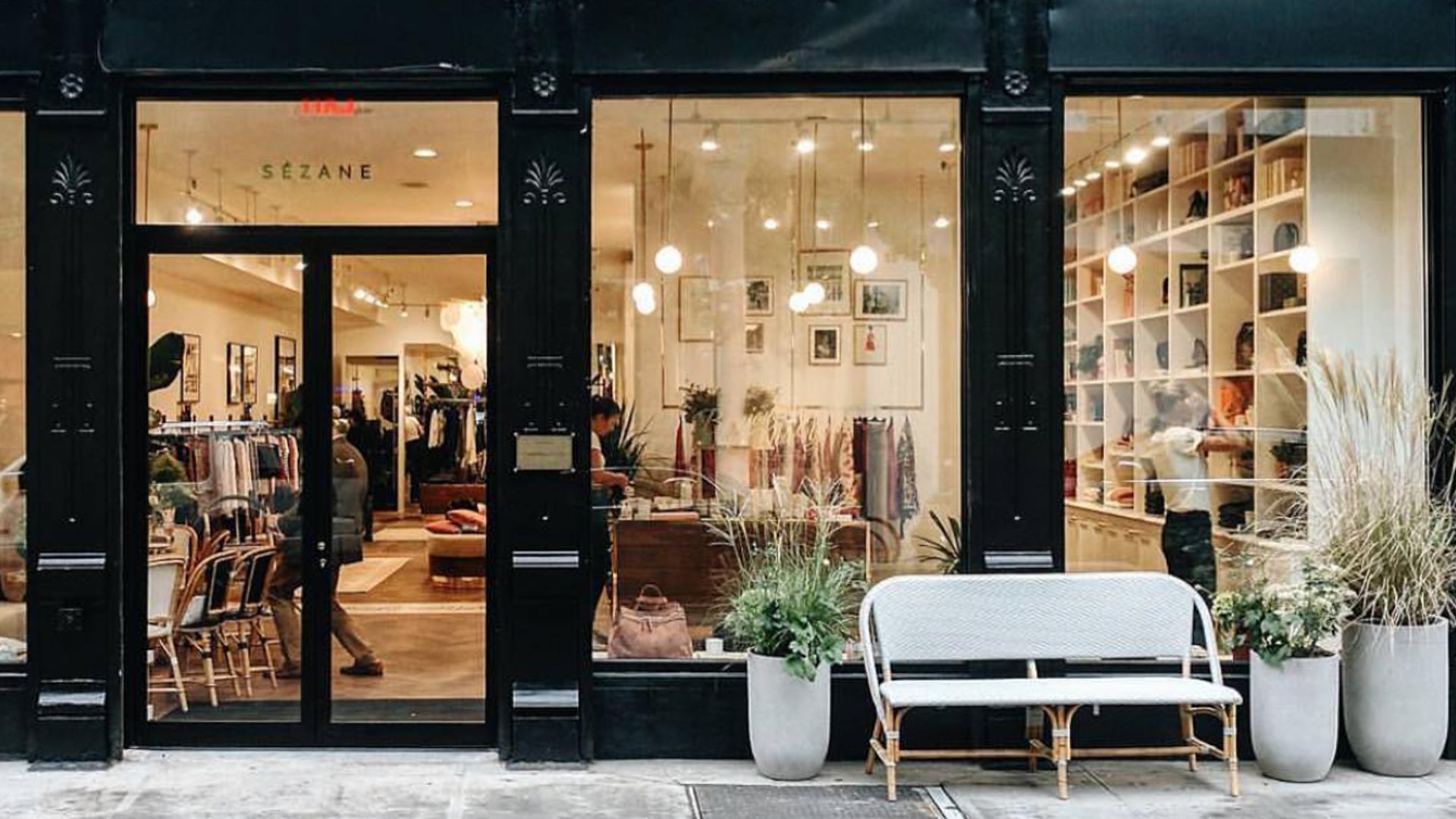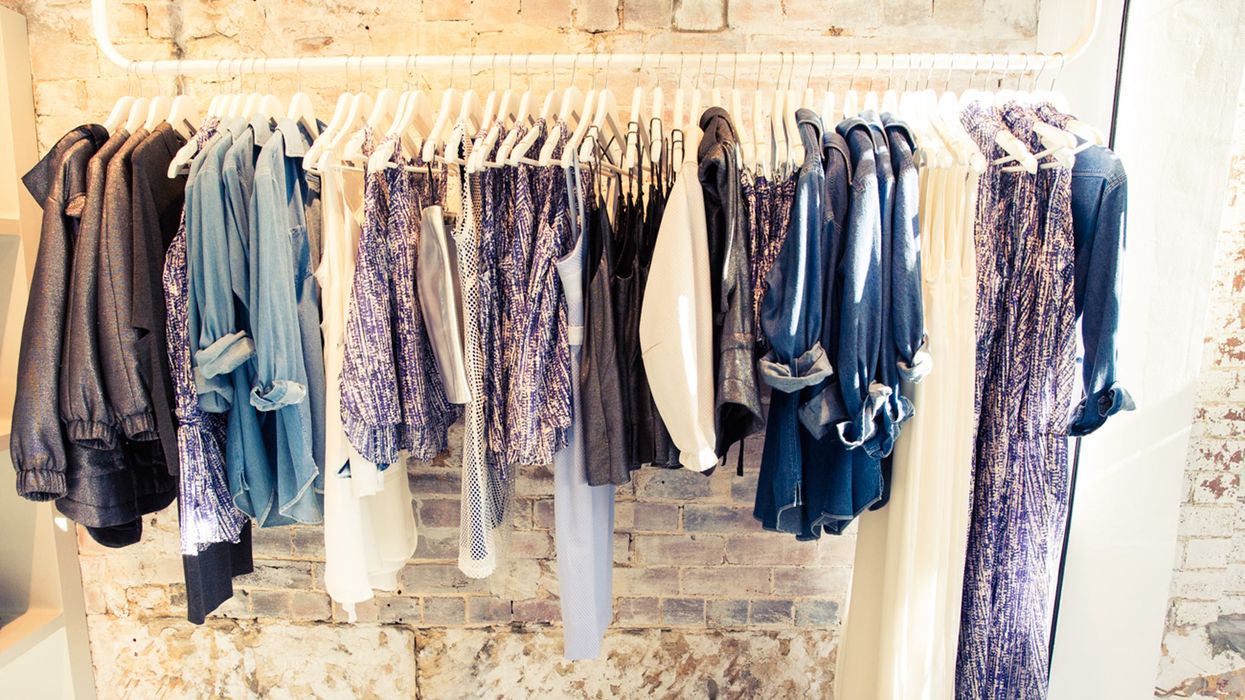Exactly how to Style Your Attires with Boutique Fashion Finds
Exactly how to Style Your Attires with Boutique Fashion Finds
Blog Article
Checking Out the Evolution and Effect of Clothes on Modern Fashion Trends
The advancement of apparel has significantly affected modern-day style patterns, merging historical precedents with cutting-edge innovations. Famous figures like Coco Chanel and Yves Saint Laurent transformed the fashion industry by presenting ideas that prioritize comfort and accessibility, which continue to resonate today.
Historic Style Influencers
In the tapestry of style history, certain numbers have left an indelible mark, shaping the patterns and styles that define whole ages. Coco Chanel, a cutting edge developer, redefined women's style by presenting comfortable, elegant garments that departed from restrictive bodices. Her famous Chanel suit and little black outfit have become ageless staples in wardrobes worldwide. Christian Dior's post-war "New Look" in 1947, with its party of femininity via complete skirts and cinched midsections, noted a return to opulence and has actually continued to influence designers.
Elsa Schiaparelli is another crucial figure, renowned for her progressive styles that incorporated surrealist art, working together with Salvador Dalí to create whimsical items that challenged traditional aesthetic appeals. Her innovative use of shade and bold patterns reverberates in modern style. Yves Saint Laurent, on the other hand, equalized high style with prêt-à-porter collections, bringing runway styles to the masses and setting a criterion for modern ready-to-wear lines.
These enthusiasts, amongst others, not just revolutionized fashion in their times however additionally established sustaining trends that resonate in today's fashion market, giving a foundation upon which contemporary developers continue to introduce and construct. Their heritages emphasize the significance of imagination and bold in style's ever-evolving story.
Technological Advancements in Fashion
Amidst the dynamic landscape of the fashion market, technological advancements stand at the forefront of technology, reshaping exactly how designers develop and consumers involve with style. The integration of 3D printing has actually reinvented layout processes, enabling developers to experiment with intricate structures and lasting materials that were previously impossible. This technology facilitates quick prototyping, decreasing waste and quickening production times.

Smart textiles, embedding technology into textiles, are likewise transforming the sector. Advancements like self-cleaning and temperature-regulating textiles provide boosted functionality and comfort. Wearable modern technology, integrating attributes like health and fitness monitoring and interaction, adds a new measurement to style, combining aesthetics with usefulness.
Cultural Shifts and Style
As technical innovations remain to reshape the garment industry, cultural shifts are similarly influential, redefining design and customer choices. Over the last few years, the rise of social media sites platforms has actually increased the circulation of worldwide fashion patterns, permitting varied cultural influences to coexist and converge. This digital interconnectivity has actually assisted in the fast exchange of ideas, leading to a much more eclectic and comprehensive interpretation of design that mirrors the complex nature of contemporary society.
Cultural recognition and appreciation have motivated designers to attract motivation from a wider spectrum of ethnic and historic contexts, incorporating standard themes with modern aesthetics. This fusion has actually caused fashion that resonates with a wider audience, promoting a feeling of identity and Bonuses belonging across various demographics. Furthermore, the increasing need for personalization has actually driven brands to offer personalized choices, enabling customers to reveal originality while showing their cultural heritage.
In addition, moving societal worths have influenced fashion, site link with inclusivity and variety ending up being main styles. The industry has started to accept models and influencers of numerous type of body, ethnic cultures, and gender identifications, difficult standard charm criteria. This change emphasizes the power of social changes in forming the future of style, as style comes to be a more authentic expression of individual and collective identification.
Sustainability and Modern Design
While the style industry remains to advance, the essential for sustainability has come to be increasingly immediate, affecting modern style techniques. This shift aims to resolve environmental issues and moral considerations, bring about a reevaluation of conventional manufacturing approaches. Developers are now integrating lasting products, such as organic cotton, recycled polyester, and eco-friendly textiles, into their collections, reducing the eco-friendly impact of fashion. The surge of slow-moving fashion, which emphasizes top quality over amount, encourages consumers to invest in ageless pieces instead of short-term patterns.
Additionally, modern layout is defined by its development in reducing waste and advertising circularity. This strategy not just minimizes environmental influence yet additionally enhances the social responsibility of style homes.

Future Trends in vogue

Sustainability will remain to be a driving force in forming future fashion trends. The sector is progressively adopting eco-friendly products and ethical manufacturing techniques, responding to an expanding consumer need for responsible techniques. Advancements such as bio-fabricated materials and closed-loop recycling systems are established to redefine exactly how apparel is created and consumed, minimizing ecological influence while maintaining design and high quality.
Social shifts, consisting of the rise of inclusivity and diversity, will certainly also play a crucial role. As culture becomes more knowledgeable about social issues, fashion is anticipated to become a platform for expression and adjustment. Designers will right here likely concentrate on producing collections that reflect a wider variety of identifications and experiences, promoting representation and access.
Conclusion
The advancement of apparel significantly impacts modern fashion fads, where historic impacts merge with contemporary designs. This ongoing advancement emphasizes style's function as a mirror to societal values and technological advancement, recommending a future abundant with advancement and inclusivity.
The development of garments has considerably influenced modern-day style patterns, merging historical criteria with innovative advancements.In the middle of the dynamic landscape of the style market, technological advancements stand at the center of technology, reshaping how developers develop and consumers involve with fashion.While the fashion sector continues to evolve, the necessary for sustainability has actually become significantly immediate, influencing modern-day style practices. As sustainability becomes ingrained in contemporary design, it leads the way for an extra mindful and responsible style industry.
The advancement of clothes significantly affects modern style trends, where historic influences merge with modern styles.
Report this page